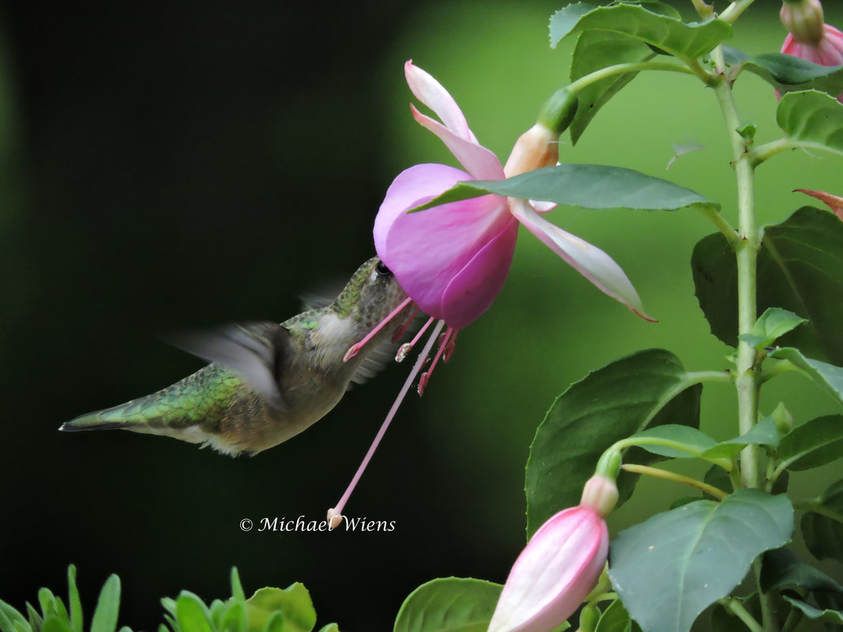Humming Blog |
 Capturing hummingbirds in natural surroundings can be extremely difficult until you understand these birds a little better. They make quick bursts from one flower to the next and can give you less than 2 seconds to spot, focus and shoot. 2 seconds is not a lot of time to capture that moment of a lifetime, but I'd like to give a few tips on how to increase your capture percentage. I won't give camera advice because that's really not my strength. One thing that's crucial is understanding your camera very well before you put yourself in a position to use it. There are so many times that I've taken bad pictures, only to realize later that the settings could've been much better in that particular situation. Practice with your camera in all light conditions and learn the features available to you. I am not by any means a professional photographer, but what I do specialize in his understanding the behavior of hummingbirds, and once you understand certain things about them, you're half way there. 1. The first thing you should know is that hummingbirds are very similar to all living things in the way that they are creatures of habit. They use all their senses to establish patterns that they habitually follow until something disrupts that pattern. Loss of food, predators, or simple noises and distractions can change the pattern of a hummingbird. If none of these things are in effect, then a hummingbird will repeatedly follow the same path and pattern to complete its purpose. When adult females are nesting, they'll feed very little early on, and as the young get older the feeding dramatically increases according to need. When young birds leave the nest they will typically feed every 10 to 20 minutes. Remember this when you have a sighting. If it's a quality flower that produces good nectar, that bird will repeatedly visit that flower, and you will be prepared for when it arrives. 2. The second thing to learn is anticipating the hummingbird's next move. If you try and focus on its current location you may get a shot, but it's more likely that you'll focus just when the bird is moving onto the next flower, and you'll be repeatedly following the bird, and continuously missing the shot. So anticipate its move. Clusters of flowers can keep their attention for a lengthy time, so when you're watching it bounce from one flower to the next, point and focus on the obvious, most exposed flower in the direction it's heading. They usually go to the open flowers, where they don't have to do digging to get the nectar, with the exception of very young birds. At the second they arrive, you will be focused and prepared to burst out a series of great captures. 3. The third thing to remember is that adult birds have a far better memory than young birds. Move to the location where you want to take your photos only when the adult birds aren't watching. If they watch you move to a particular spot, it will be a long time before they give you a good opportunity. Young birds can be spooked, but be back within 15 minutes without a care of your existence. One common mistake I see with photographers shooting hummingbirds is holding the camera down on their lap unprepared. When the camera gets raised the hummingbird is spooked. They have far better vision than you can possibly imagine. The wiggle of a toe or the relocation of a finger on your camera is not missed. Everything they do is at high speed. The fast twitching of their head and the quick processing of their eye is quickly translated to their brain that there's danger. Within a fraction of a second, that photo op is gone. The camera should remain up and ready, and if you have to move, slow and steady movements are crucial. These are 3 important things that I find necessary to photographing hummingbirds. I believe that everyone who follows these important rules will increase their capture rate. This young Ruby appeared roughly every 20 minutes to one of its favorite flowers, the fuchsia. N.E. of Edmonton, Alberta, Canada. Early August 2017
0 Comments
Leave a Reply. |
Archives
June 2023
Categories
All
|
 RSS Feed
RSS Feed
